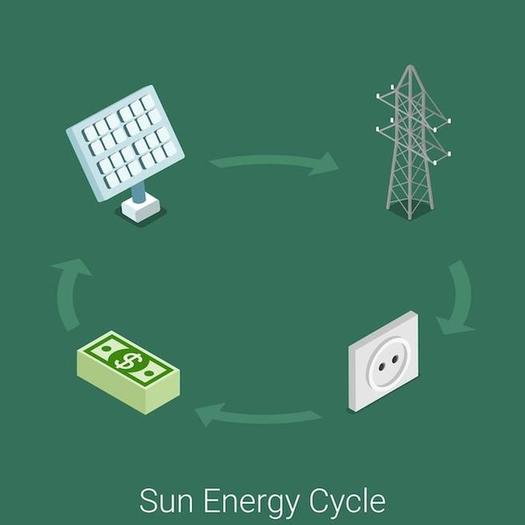
Credit cards that offer rewards can take many shapes, making it a tad bit difficult to weigh them against each other. Since they offer different earning rates and reward types, along with assorted rules for earnings and redemptions, selecting the most beneficial card can be quite complex. Not opting for a top-notch rewards credit card could mean losing out on potential perks and monetary benefits. We present to you our top 10 picks for the best reward credit cards.
CHASE SAPPHIRE PREFERRED CARD
The Chase Sapphire Preferred Card offers an unusual combination of high rewards rates and redemption flexibility, making it ideal for those who often spend on travel and dining while charging a reasonable yearly fee. The card is also renowned for its substantial sign-up bonus, flexible redemption choices, and travel benefits.
PROS & CONS OF A SAPPHIRE PREFERRED CARD
Pros
Generous rewards in multiple spending areas.
Several travel and shopping protections.
Cons
Yearly fee.
No initial APR offer.
AMERICAN EXPRESS PLATINUM CARD
Frequent travelers who enjoy their luxe comforts must consider the American Express Platinum Card. It provides premium travel benefits, access to airport lounges, and various rewards, including Membership Rewards points.
PROS & CONS OF A AMERICAN EXPRESS PLATINUM CARD
Pros
Beneficial bonus categories
Transfer partners
Luxurious perks
Cons
Steep annual fee of $695
Complex reward system
Requires good/excellent credit
CAPITAL ONE VENTURE REWARDS CREDIT CARD
The Capital One Venture Card, one of the top-tier travel cards, offers 2 – 5 miles per $1 spent on purchases and an initial bonus of 75,000 miles for spending $4,000 in the first 3 months. Its multitude of extras and straightforward rewards structure, potentially earning users miles on every single purchase, places it in fierce competition with other high-end credit cards.
Cons
Lack of domestic airline and hotel travel partners.
Lack of hotel status benefits.
CITI PREMIER CARD
The Citi Premier Card proves to be a robust travel credit card, primarily if you’re looking for rewards on non-travel purchases. The card provides 3X points on air travel and hotels and on other popular categories like restaurants, supermarkets, and gas stations.
DISCOVER IT CASH BACK
The Discover It Cash Back card ideally caters to moderate spenders who don’t mind activating the 5% rotating categories and tracking the spending cap quarterly. This no-annual-fee card can usher in significant rewards in addition to its 1% constant earning rate.
BANK OF AMERICA PREMIUM REWARDS CREDIT CARD
Frequent travelers who value flexibility in their credit card rewards should take note of the Bank of America Premium Rewards credit card, especially if they’re existing Bank of America customers with significant account balances. The card provides a reliable rewards program, credits for airline incidental fees, and travel benefits.
WELLS FARGO ACTIVE CASH CARD
The Wells Fargo Active Cash card offers a consistent 2% cash reward rate on purchases without charging an annual fee, thus battling alongside the best flat-rate cash back cards.
HILTON HONORS AMERICAN EXPRESS SURPASS CARD
The Hilton Honors American Express Surpass Card suits those who regularly patronize Hilton hotels by offering plentiful points on Hilton purchases and supplementary benefits.
CHASE FREEDOM UNLIMITED
The Chase Freedom Unlimited touts a straightforward cash-back program with a flat rate on every purchase and no yearly fee. Its useful bonus categories, versatile rewards, and outstanding introductory offer place it high among cash-back cards.
SOUTHWEST RAPID REWARDS PREMIER CREDIT CARD
The Southwest Rapid Rewards Premier Credit Card is an excellent choice for those who fly with Southwest airlines frequently. It offers perks such as bonus points and anniversary bonuses.
Sustaining Responsibility
Before applying for any credit card, it is vital to evaluate your spending patterns, travel predilections, and financial objectives to understand which card aligns best with your requirements. Additionally, keep in mind that credit card terms, conditions, and reward structures might have been updated, so always verify the details on the credit card issuer’s website.
Adapted from SmartAsset.com








